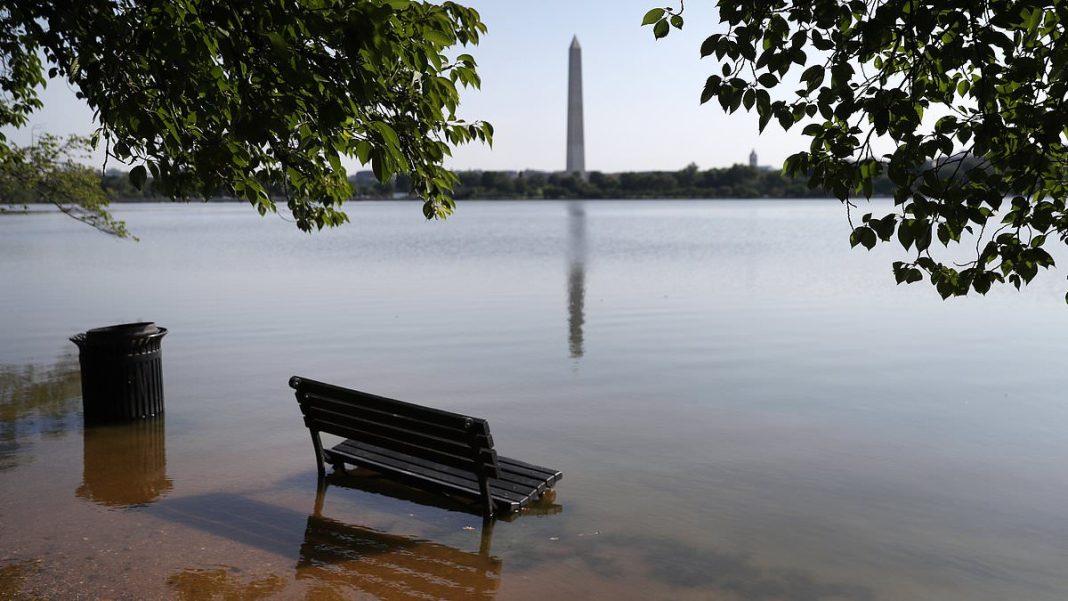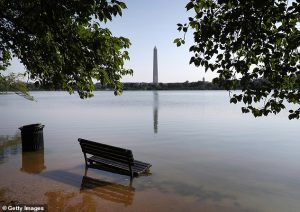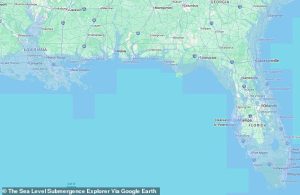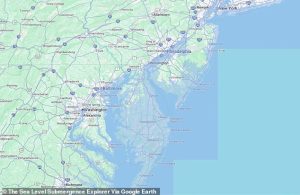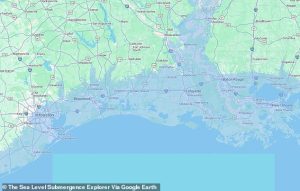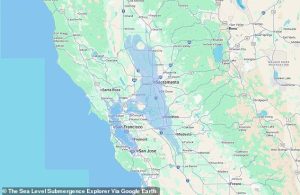Key Takeaways
- Millions of US buildings face submergence by 2100 due to sea level rise
- Major cities like New York, Miami, and Washington DC could be underwater
- Even moderate emissions scenarios threaten coastal infrastructure globally
Millions of American homes and buildings could sink underwater by century’s end, according to alarming new research from McGill University. The study reveals that rising sea levels threaten coastal cities worldwide, with devastating consequences for urban populations.
The Global Threat of Sea Level Rise
Researchers used satellite imagery and elevation data to conduct the first building-by-building assessment of sea level impacts across the Global South. Even in the best-case scenario with 1.6 feet of sea level rise, three million buildings in the Southern Hemisphere alone would be submerged by 2100.
Greenhouse gas emissions from human activities trap heat in the atmosphere, warming the planet. This temperature increase melts ice caps and causes ocean water to expand, driving sea levels higher over time.
American Cities at Extreme Risk
The Sea Level Submergence Explorer map reveals worst-case scenarios for major US cities. If emissions continue unchecked, sea levels could rise by 65 feet, submerging:
- New York City – Manhattan, Brooklyn, Queens, Staten Island and the Bronx
- Washington DC – including the White House and government buildings
- Miami, New Orleans, Houston, Baltimore and Sacramento
Professor Natalya Gomez, a study co-author, warned: ‘Sea level rise is a slow, but unstoppable consequence of warming that is already impacting coastal populations and will continue for centuries.’
East Coast Devastation
Florida faces catastrophic impacts, with more than half the state potentially underwater. Delaware could almost completely disappear beneath rising seas. Beachfront communities in the Carolinas, Virginia, Maryland and New Jersey would be wiped off the map.
Eric Galbraith, another McGill professor involved in the study, stated: ‘Everyone of us will be affected by climate change and sea level rise, whether we live by the ocean or not.’
Gulf and West Coast Vulnerabilities
New Orleans faces particular risk due to its soft, sinking soils that compact under building weight. Houston has already experienced devastating floods during Hurricane Harvey, which killed 68 people and caused $125 billion in damage.
While the West Coast shows less overall flooding, California’s capital Sacramento would be completely submerged in worst-case scenarios. Bay Area cities including San Francisco and San Jose would also face severe impacts.
Urgent Need for Action
Even if Paris Agreement emissions goals are met, sea levels would still rise three feet, flooding five million buildings across Africa, Southeast Asia and South America. Researchers emphasize that planning must begin immediately.
Lead author Maya Willard-Stepan urged: ‘There is no escaping at least a moderate amount of sea level rise. The sooner coastal communities can start planning for it, the better chance they have of continuing to flourish.’
Climate advocates recommend transitioning to clean energy, expanding forests, and building protective sea walls as potential mitigation strategies.


